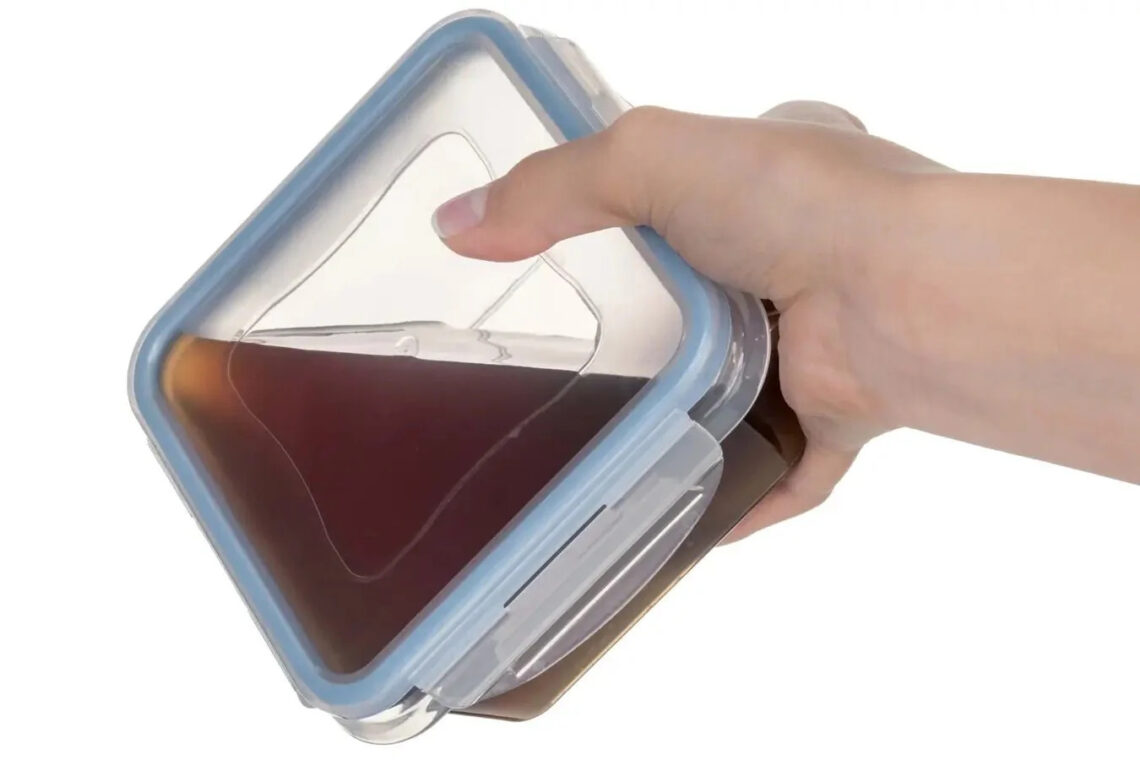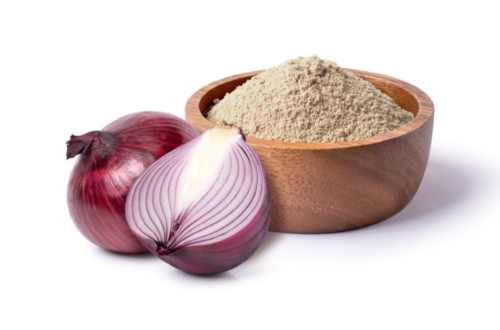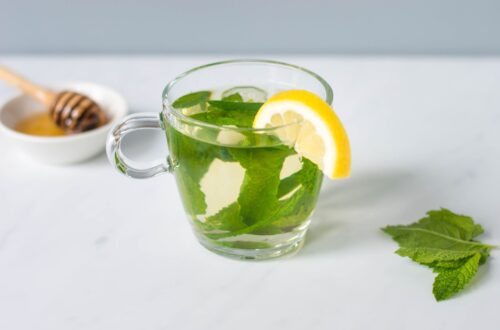The Importance of Fresh Salads
If you’re into meal prepping, you know that keeping your salads crisp and fresh all day can be a bit tricky. You don’t want to open your container at lunchtime only to find a soggy mess. Fresh, crunchy vegetables are essential for a tasty salad, and nobody enjoys a wilted, mushy one. Plus, freshness isn’t just about taste—it’s also about nutrition. The longer your salad stays crisp, the more nutrients you’re preserving.
Why Meal Prep is a Game-Changer for Healthy Eating
Meal prepping has become the holy grail of healthy eating, especially for those with busy schedules. It helps you control your portions, stay consistent with your diet, and avoid the temptation of unhealthy snacks. Not to mention, it’s a time-saver. But there’s one challenge: keeping certain foods fresh, especially salads. Luckily, the right meal prep containers can make all the difference.
The Role of Containers in Maintaining Freshness
When it comes to keeping your salads crisp, the container you use plays a crucial role. Airtight seals, compartmentalization, and material quality all contribute to how well your salad holds up over the day. The right container doesn’t just store your food—it preserves it. This is why investing in a good meal prep container specifically for salads can be a game-changer.
Types of Meal Prep Containers for Salads
Glass Containers: The Pros and Cons
Glass containers are a favorite for many meal preppers. They’re sturdy, don’t absorb smells or stains, and are often microwave-safe. The downside? They can be a bit heavy to carry around, especially if you’re commuting. But if you’re looking for a durable option that will keep your salad fresh without affecting its flavor, glass is a solid choice.
Plastic Containers: Lightweight and Affordable
Plastic containers, particularly BPA-free ones, are a more affordable and lightweight option. They’re easy to carry and come in a variety of shapes and sizes. However, they can sometimes absorb smells and stains over time, which might not be ideal if you’re using them for strong-smelling ingredients.
Stainless Steel Containers: The Premium Option
If you’re willing to splurge a little, stainless steel containers offer a premium meal prep experience. They’re durable, long-lasting, and won’t affect the taste of your food. Plus, they’re eco-friendly. However, you can’t microwave them, so keep that in mind if reheating your food is a priority.
Bento Boxes for Portion Control
Bento boxes are excellent for those who want to control portion sizes or mix different ingredients without everything getting soggy. These multi-compartment containers separate ingredients, so your veggies stay crisp and your dressings stay in their own space until you’re ready to eat.
Key Features to Look for in Salad Containers
Airtight Lids to Lock in Freshness
One of the most important features in any salad container is an airtight seal. This prevents moisture from getting in and wilting your leafy greens. Look for containers with secure locking mechanisms to ensure your salad stays fresh throughout the day.
Separate Compartments for Dry and Wet Ingredients
Ever packed a salad with croutons or nuts, only to find them soggy by the time you’re ready to eat? Separate compartments can solve this issue. Many salad containers come with multiple sections to keep wet ingredients like tomatoes and dressing away from dry ones like lettuce and seeds.
BPA-Free Materials for Safety
When choosing plastic containers, it’s crucial to opt for BPA-free materials. BPA is a chemical found in certain plastics that can seep into your food, especially when heated. To stay on the safe side, always check the label and go for BPA-free options.
How to Properly Store Your Salad
Layering Ingredients to Prevent Sogginess
When prepping salads, it’s not just about the container—it’s also about how you layer your ingredients. Keep wet ingredients like cucumbers and tomatoes at the bottom of the container, and layer your greens and dry ingredients like nuts and cheese on top. This method helps prevent sogginess, ensuring a fresh salad come lunchtime.
Storing Dressings Separately
Another tip for keeping your salad fresh is to store your dressing separately. Many containers come with a small compartment just for dressings. If yours doesn’t, consider using a small dressing container. Mixing the dressing in right before eating guarantees your salad stays crunchy.
Top Meal Prep Containers for Crisp Salads
Product 1: Best Overall
One of the best containers on the market is the [Brand Name] Salad Prep Container. It features an airtight seal, separate compartments, and even a dressing holder. It’s made from BPA-free plastic and comes in various sizes.
Product 2: Best for Budget
For those on a budget, the [Brand Name] Plastic Salad Container is a great choice. It’s lightweight, has a secure lid, and includes separate compartments for wet and dry ingredients. Plus, it’s dishwasher safe!
Product 3: Best for Durability
If durability is what you’re after, the [Brand Name] Stainless Steel Salad Container is your best bet. While you can’t microwave it, this container will last you years, and it keeps your salad crisp all day long.
Conclusion
Meal prepping is an excellent way to maintain a healthy diet and save time, but keeping salads fresh can be tricky. By choosing the right meal prep container—one with airtight seals, separate compartments, and BPA-free materials—you can ensure your salad stays crisp and tasty throughout the day. Whether you prefer glass, plastic, or stainless steel, there’s a perfect container out there for you. Happy meal prepping!
FAQs
- Can I put hot food in a salad container?
Yes, as long as the container is microwave-safe and designed to hold both hot and cold foods. Always check the manufacturer’s recommendations. - How long can a salad stay fresh in a meal prep container?
A well-stored salad can stay fresh for up to 2-3 days in the fridge, depending on the ingredients. Leafy greens typically last 1-2 days. - Can I freeze my salad in these containers?
Freezing a salad isn’t recommended, especially for leafy greens. However, you can freeze heartier ingredients like chicken or grains in a meal prep container. - Are stainless steel containers better than plastic ones?
It depends on your needs. Stainless steel containers are more durable and eco-friendly, but plastic is lightweight and usually more affordable. - What’s the best way to clean meal prep containers?
Most containers are dishwasher safe, but always check the manufacturer’s instructions. If you hand wash, using warm soapy water and a non-abrasive sponge is best to prevent scratches.





